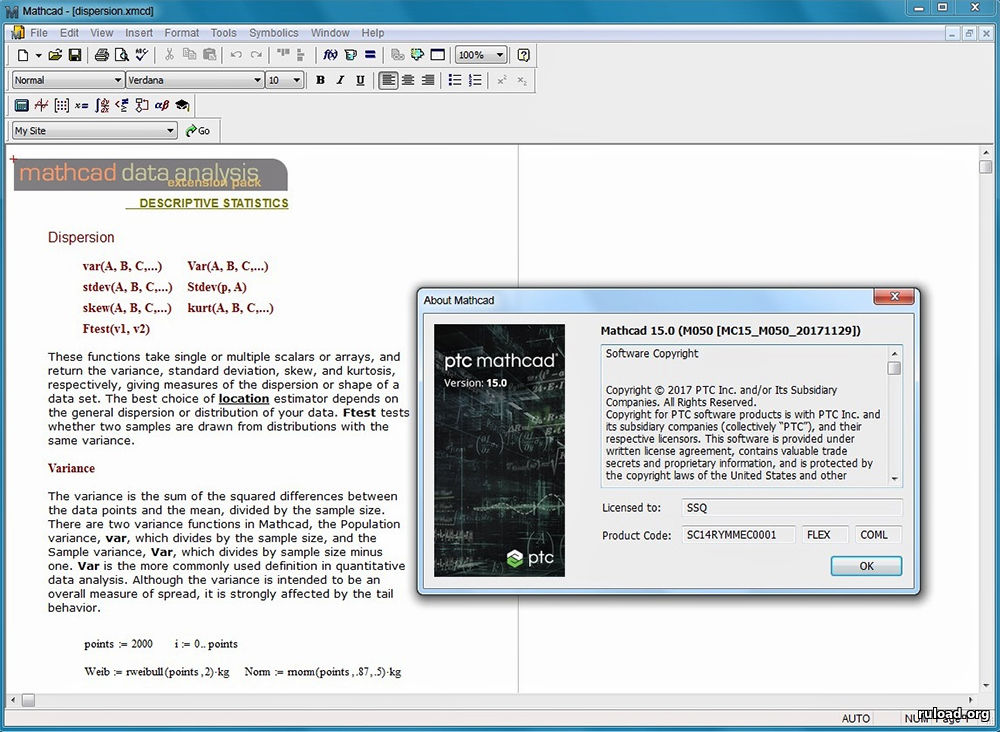
This is different to legacy Mathcad, which printed information regardless of where it was input on the worksheet. Any information added to the right of the ‘printed’ page will not print, but will be used in the calculations. In the draft view mode, the headers and footers are hidden, but the work area to the right of the printable sheet will be exposed. Page breaks and margins are clearly shown.Įxisting Mathcad users will be comfortable with the draft view mode, but with some slight differences.

Only the information shown on the screen will print, including the header and footer information. Page view is the WYSIWYG (What You See Is What You Get) format that you get in typical word processing software. The white board can be displayed in either of two modes: page view or draft view. This common sense approach to problem solving is inherent in Mathcad. And anyone who has read a maths textbook knows that given data is defined first followed by the numeric manipulations. The only limitation to the click-anywhere/type-anywhere layout is that variables have to be defined above or to the left of the equations that reference them.Įxisting Mathcad users are well aware of this limitation. The white board interface allows clean professional looking documents to be created for that important presentation or to mimic a textbook. On narrow screens, the ribbon bar becomes unusable Prime enhances this existing technology from legacy Mathcad by providing a grid, snapping, and other features that make aligning text and equations easier. The click-anywhere/type-anywhere layout is powerful and intuitive. What sets Mathcad apart from other mathematical software is its white board interface. Make the window too narrow, and even the names of the tabs discombobulate.

This can be seen when resizing the Mathcad application window. Without a wide screen monitor, groups of functions get condensed, their icons get smaller, and they may combine into fly-out menus. But like every other ribbon-bar interface, an investment in a high definition widescreen monitor is worth every penny. They are not buried in multiple levels of pull-down menus, missing because of hidden toolbars, or obscured by tiny icons. If you’re used to typing a lot of parentheses in your mathematical equations, then you should be right at home with the ribbon style user interface, typical in most Windows applications. With that in mind, let’s dive in and see what it has to offer and compare it to tools you may be using now.

Personally, I like to think of Mathcad Prime 1.0 as a refresh of a very powerful mathematical tool that is easier to use and will be more accessible to new users who have to compute more than just basic arithmetic. Mathcad Prime user interface consists of tabs, icons, and groups along with tabbed worksheets and a quick access toolbar


 0 kommentar(er)
0 kommentar(er)
